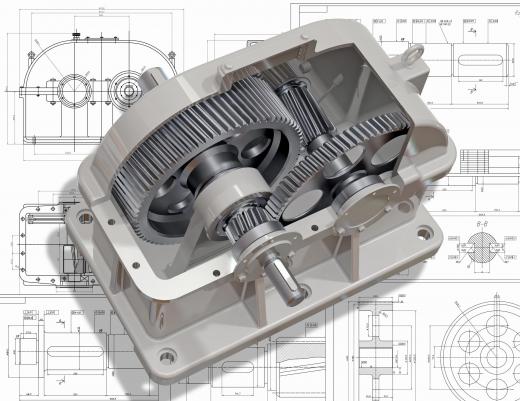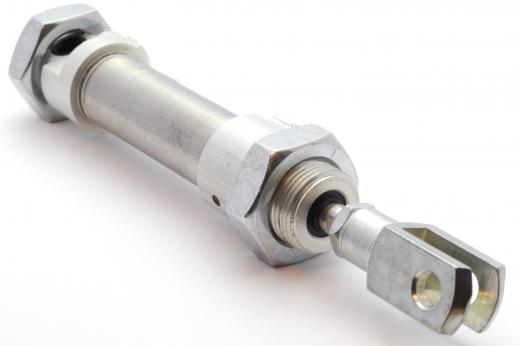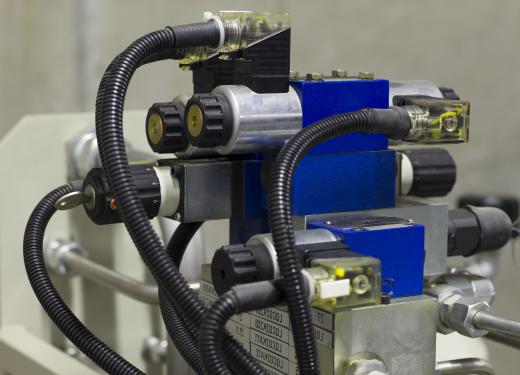Actuators form a critical part of so many different areas of human endeavor that is is almost impossible to think of a single entity or activity that does not feature at least a few of them. From the solenoid valve on a washing machine through the tiny auto-focus motor in a camera lens to the giant valve actuators in a petroleum plant, actuators are an integral part of modern life. Although there are an astounding array of different types in general use, actuator systems can be broken down into only a few categories depending on their input power source, output motion type, and common operating mechanisms. Input power groups include electrical, electromagnetic, and pressurized fluid or gas. Output classifications are generally limited to linear and rotary motion, while common mechanisms include electromagnetic devices such as solenoids, lead screws, and positive-displacement piston mechanisms.
To try to list each and every available actuator system would be a monumental task and produce a list of daunting proportions and doubtful value. There are a couple of categories which can be used, however, to break actuator systems down into manageable groups. These categories are power source, output motion type, and common operating systems or mechanisms. Other classifications such as power ratings, output ranges, and duty cycle capacities are useful, but only become relevant when a specific actuator is being chosen for a particular application.

Input power as a classification refers to the actuator's primary power source. The first of these is electrically-powered actuators. A direct subdivision of this category is electromagnetic and electric actuator types, represented by solenoids and motor-driven types, respectively. The second primary power classification is pressurized fluids and gases. This group includes pneumatic, or pressurized, gas, and hydraulic, or pressurized, oil actuators. Most actuators in common use fall into one of these categories.

Output motion is the second main classification of actuator systems and is represented by two main groups. The first of these is linear motion, which is any output motion orientated in a straight line. The second group are the rotary actuators, which produce a range of rotary motion orientated around the actuator's linear axis. The third significant grouping of actuator systems is operating mechanisms. This group is fairly extensive and is fairly closely linked to the output motion grouping.

Linear actuator systems, for example, tend to make use of mechanisms such as lead screws, ball screws, and positive displacement piston arrangements. Electromagnetic solenoids mechanisms are also part of the linear motion group, while rotary actuator types tend to use gearbox and eccentric cam arrangements. These groups are by no means an exhaustive breakdown of all actuator systems, but do represent a useful, basic guideline.
